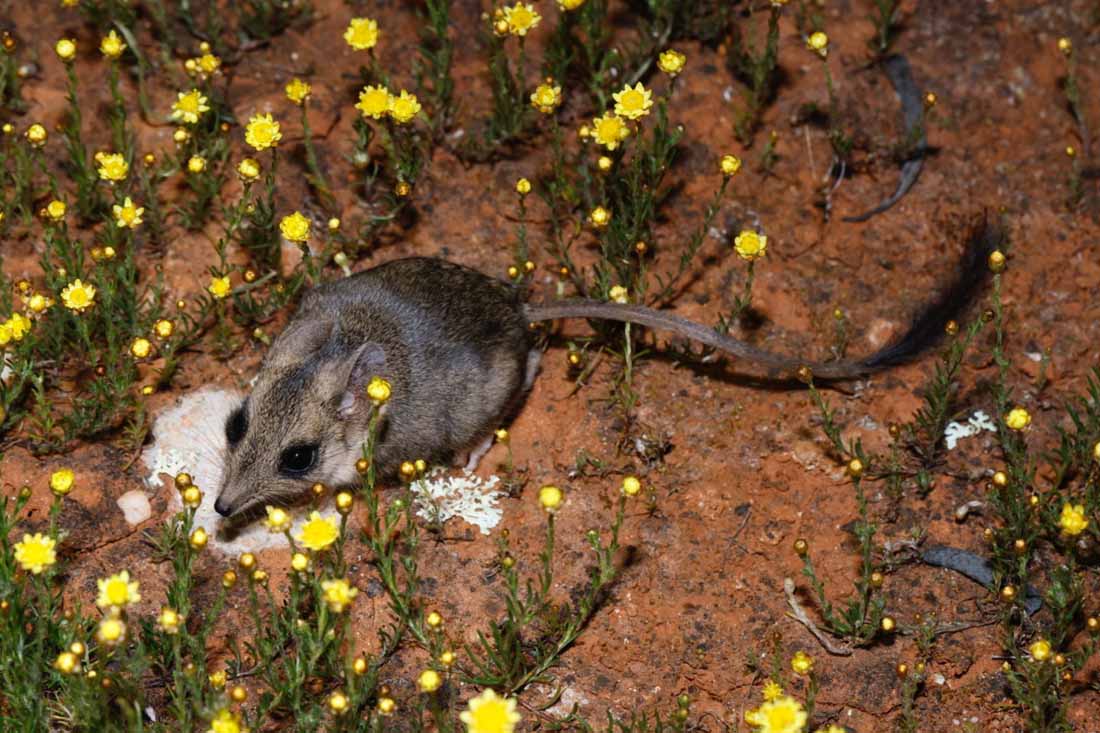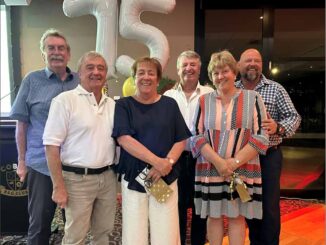
During a recent biodiversity study within the CSA Mine lease, several new species never seen before onsite were identified, including frogs and the endangered Kultarr marsupial.
The information gained from the study will be used for future planning approvals for the site and also targeted environmental programs.
CSA’s Senior Environmental Advisor, James Armstrong, said specialist ecologists from Newcastle led the study and worked in combination with the experience and knowledge of the local CSA environmental team.
“We are yet to get the final results, but several hundred species will be logged and catalogued,” Mr Armstrong said.
“This data will also be entered into the NSW Government’s BioNet atlas program.”
(The NSW BioNet is a repository for flora and fauna sightings information held by the NSW Government.)
The last environmental study conducted onsite was carried out in 2012.
Mr Armstrong said the climate has “changed significantly” since then.
There are a number of factors which could explain why the new species have “popped up” onsite.
Recent weather cycles have increased the biodiversity onsite, with native grasses and other habitat returning after many years.
“The changing climate could be one factor; it also could be the more extensive work the team has done to search for the species,” Mr Armstrong said.
“The investment from the environment team has been the driver for finding the species.
“The business has placed a more significant value on biodiversity values and has invested more time and effort into these studies,” he said.
The CSA environmental team will use the information to help prevent the destruction of the habitats of the identified species and ensure staff are better stewards for the land in their control.
As a result of the study findings, Mr Armstrong said they have restarted a baiting program for feral animals which aims to protect the Kultarr.
“This data will also guide the locations of future disturbances, such as tailing dam extensions and bulk earthworks.
“It will also support our land rehabilitation projects as it identifies critical plant community types that can be mirrored in rehabilitation design and final landforms,” Mr Armstrong explained.
CSA Mine has a number of programs in place to protect the environment onsite including: using surveys and GIS (Geographic Information System) data collection to map and monitor all areas under their control; progressive land rehabilitation; carrying out due diligence before land clearing is completed, with only poor-value land cleared; monitoring and containing waste materials and land contamination in the area already disturbed by mining; carrying out feral animal control programs, such as baiting and goat removal; and carrying out monthly water, air quality and soil sampling to monitor environmental health.


